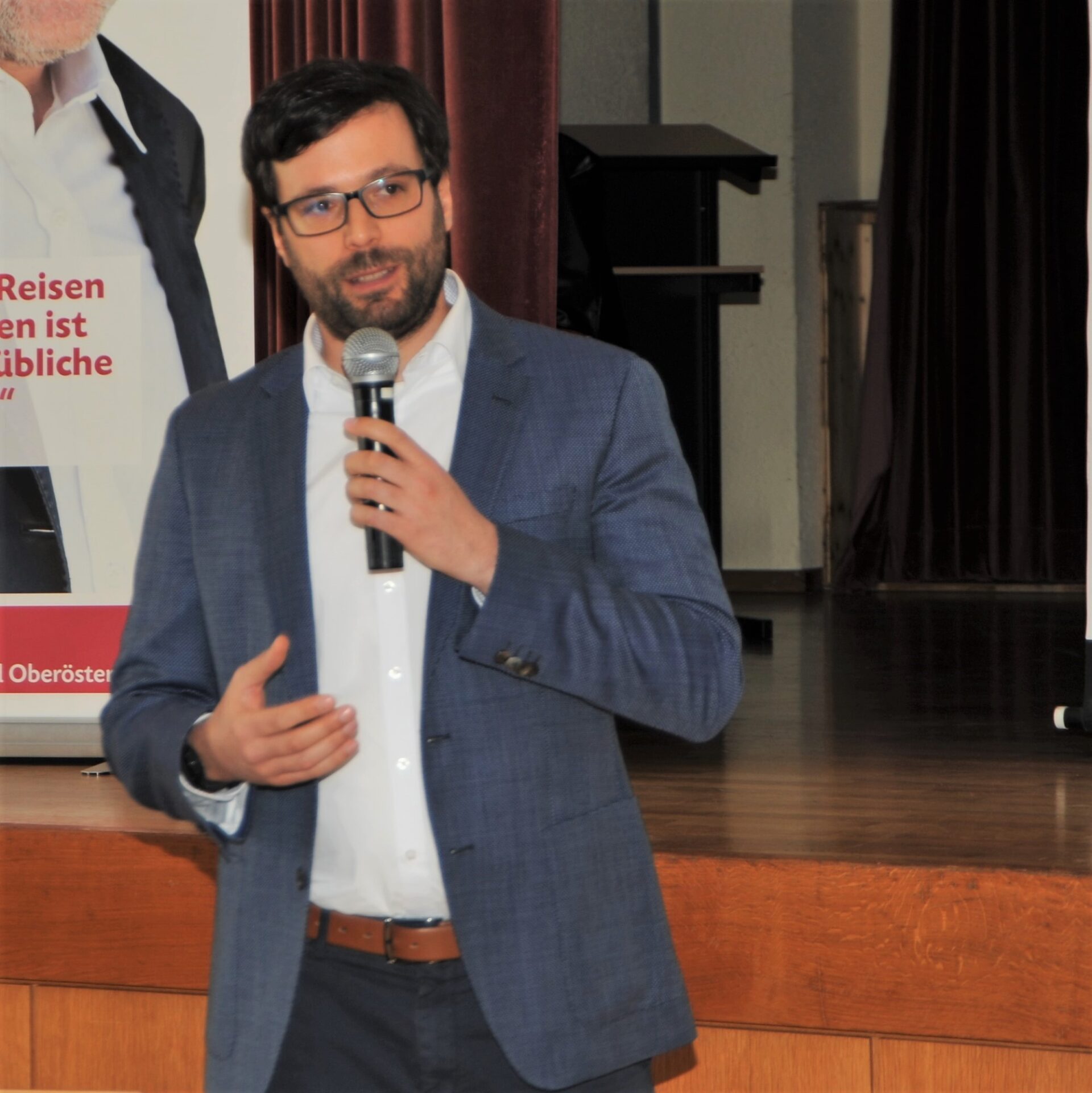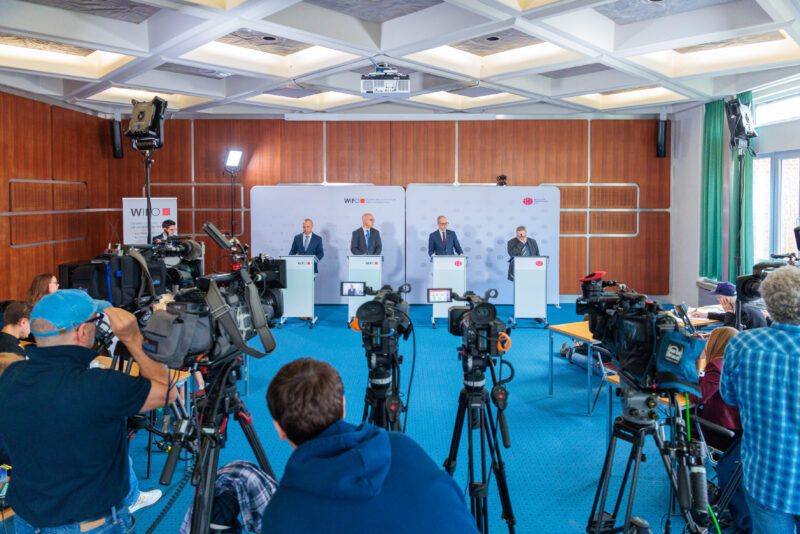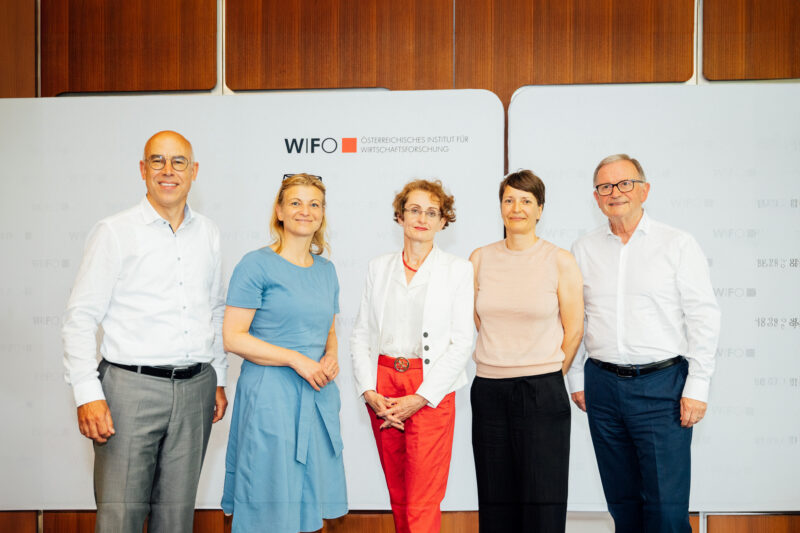
Matthias Firgo gave opening lecture for the PVOÖ Study Day
The first part of the lecture illustrated the urgency of dealing with the subject of care on the basis of clear figures on the ageing of society and its regional dimension. According to the current population forecast of Statistics Austria, the number of people aged 85 and over in Upper Austria will rise from around 37,000 in 2018 to over 100,000 in 2050, while the number of people of working age (20 to 64 years) will fall from around 900,000 to 840,000 over the same period. The increase is particularly striking in the bacon belts around Linz and Wels, where the number of over 85-year-olds will more than triple by 2050.
Subsequently, the lecture showed the effects on demand and expenditure development for nursing services in Upper Austria. According to current WIFO calculations, public spending on nursing and care services in Upper Austria will rise from currently around 230 million € to over 400 million € in 2030 and to slightly more than 1 billion € in 2050 (at current prices). This corresponds to a real increase of more than 80 percent by 2030 or 380 percent by 2050.
Firgo also illustrated the high dominance of demography and the real increases in unit costs in comparison to the care mix: even if the principle of "mobile before stationary" meant that 20 percent of persons receiving stationary care (in the status quo) would alternatively be cared for by mobile services, the cost increases by 2050 would still be more than 300 percent.
In the third part of the lecture, an international comparison was used to illustrate that total expenditure on nursing care and care in Austria – as well as the level of care provided by professional nursing services – is clearly below average compared to the other Western and Northern European countries and that budgetary leeway is thus visible in the context of the projected increases in expenditure.
Results of the economic effects from a study by WIFO were presented, which show that nursing services must not only be seen as expenditure items but also as an economic factor that is directly linked to the corresponding value added and employment in the regions via indirect and induced effects. In the last part of the lecture, fields of action based on the WIFO studies were identified and conclusions drawn.
























